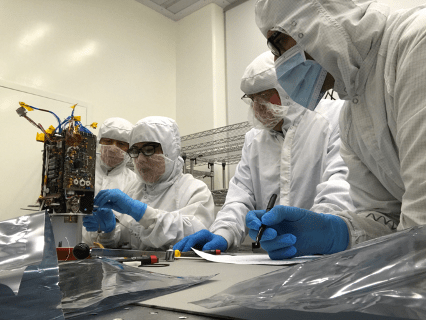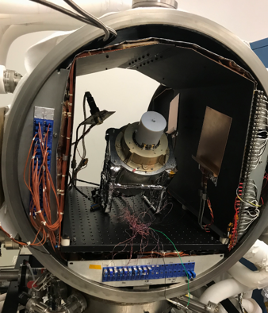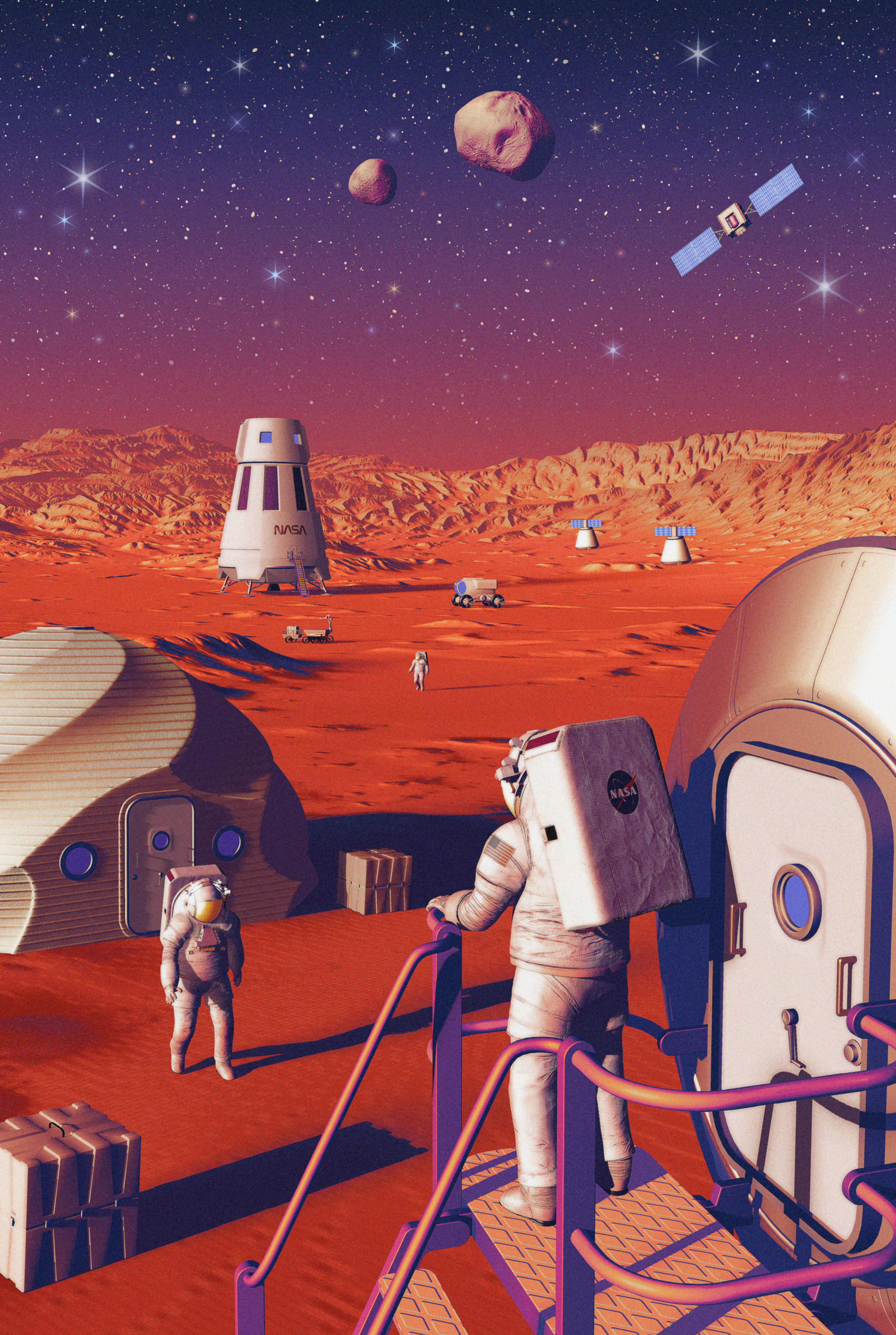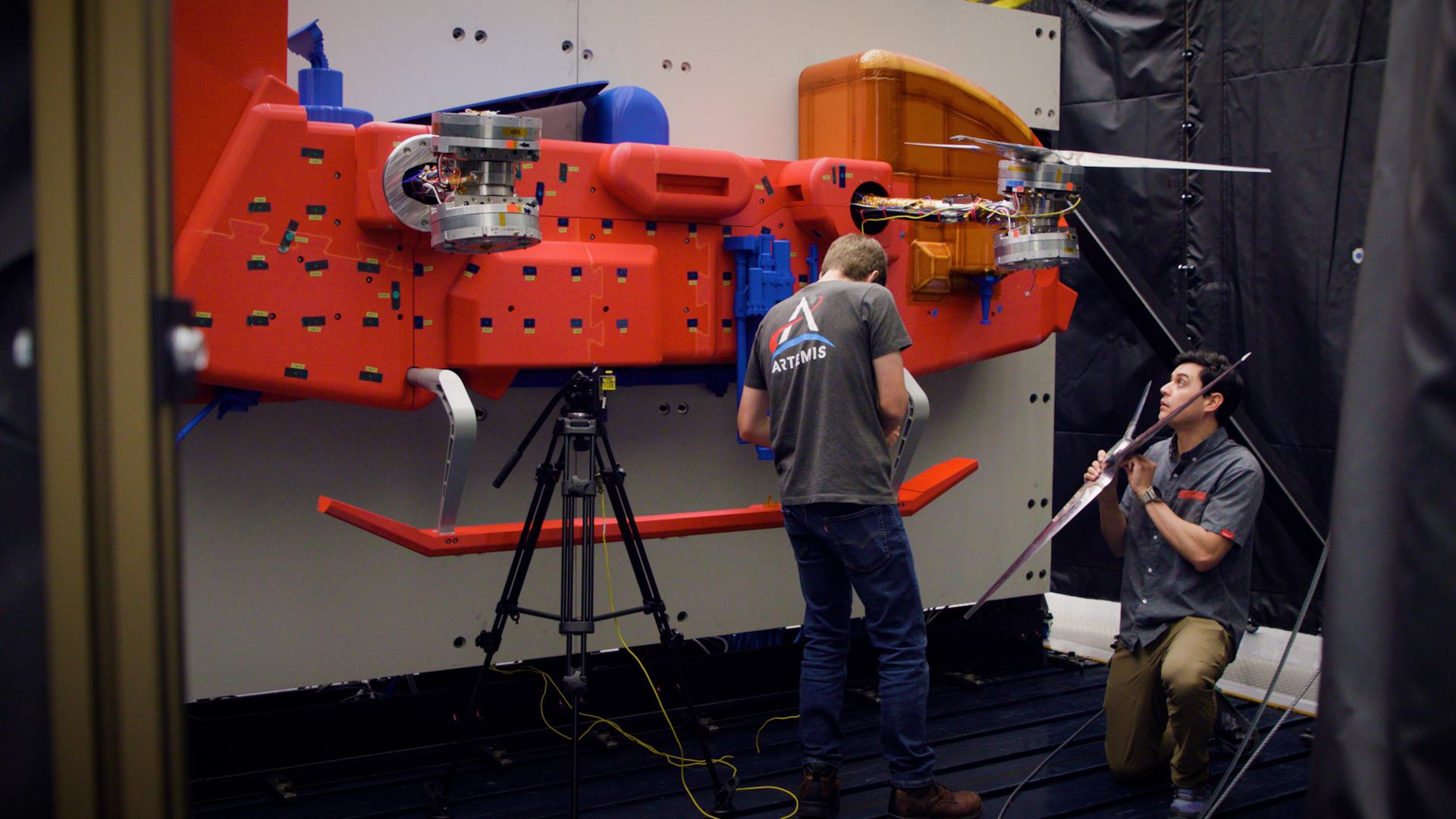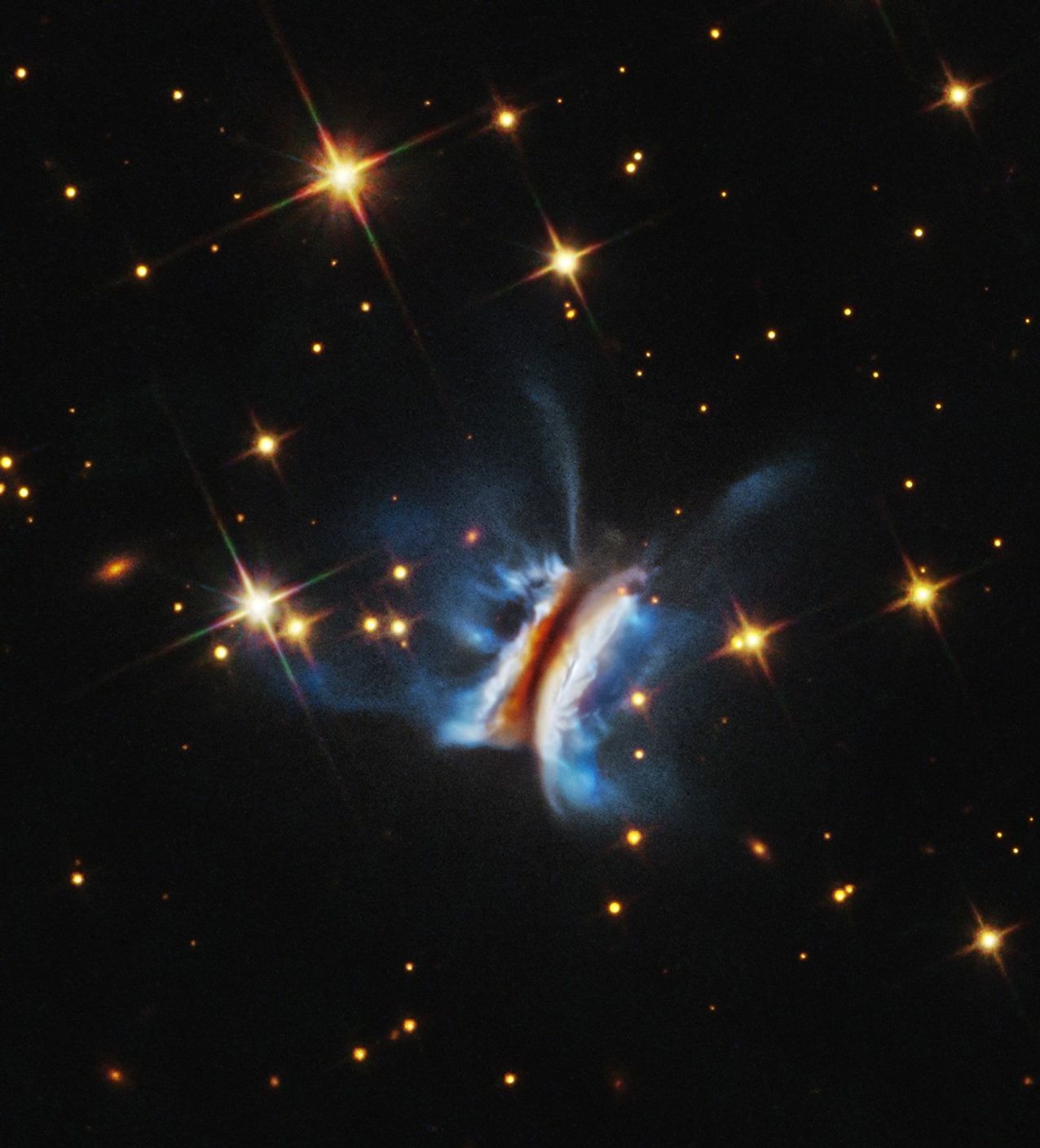PROJECT
Surface and Exosphere Alterations by Landers (SEAL)
SNAPSHOT
SEAL will provide valuable in situ lunar data to give scientists insight into how a spacecraft landing might affect the composition of nearby regolith samples.
When a space vehicle lands on the Moon, it interacts with the lunar surface by kicking up dust, creating heat, and even leaving chemical traces. Scientists need a way to gauge how the materials in the vicinity of lunar landing sites are affected to ensure accurate analysis of any surface samples collected nearby. Enter the Surface and Exosphere Alterations by Landers (SEAL) payload—a lunar-bound payload recently developed at NASA Goddard Space Flight Center (GSFC).
In transit to the Moon and upon landing, SEAL will acquire unique and valuable data that will provide information about the lunar regolith. SEAL will investigate the chemical response of lunar regolith—or dirt—to the thermal, physical, and chemical disturbances generated during a landing, and will evaluate contaminants injected into the regolith by the landing itself. It will give scientists insight into how a spacecraft landing might affect the composition of samples collected near a landing site. Developed over the course of only ten months, the shoebox-sized, 5.7 kg SEAL payload was developed by successfully leveraging heritage hardware from a previous NASA mission. SEAL was assembled from the refurbished spare unit of the Nozomi/Neutral Mass Spectrometer (NMS) instrument. Following the end of the Nozomi mission, the spare NMS unit was recalibrated and repackaged for use as part of a proposed Mars 2007 Scout Program. Since then, the spare unit has been in storage at GSFC. Principal Investigator Mehdi Benna and the GSFC team enhanced the unit with advanced technology that was not available when the instrument was designed in the 1990s. This approach facilitated the affordable realization of an extremely capable instrument for Lunar exploration.
SEAL is the first payload completed for one of two upcoming lunar missions selected via NASA’s Commercial Lunar Payload Services (CLPS) initiative. CLPS enables commercial service providers to deliver science and technology payloads to the lunar surface. Each commercially developed lander will carry NASA-provided payloads that will conduct important and novel science investigations and demonstrate advanced technologies on the lunar surface. These efforts will pave the way for NASA astronauts to land on the lunar surface by 2024.
CLPS partners will provide end-to-end commercial payload delivery services to NASA, including payload integration and operations, launch from Earth, and landing on the Moon. The two aforementioned commercial vehicles will land on the Moon before the end of 2021.
The SEAL payload will be stored at GSFC until it is delivered to the commercial partner, Astrobotic, in late 2020.
PROJECT LEAD
Dr. Mehdi Benna, NASA Goddard Space Flight Center
SPONSORING ORGANIZATION
Science Mission Directorate – Exploration Science Strategy and Integration Office



























